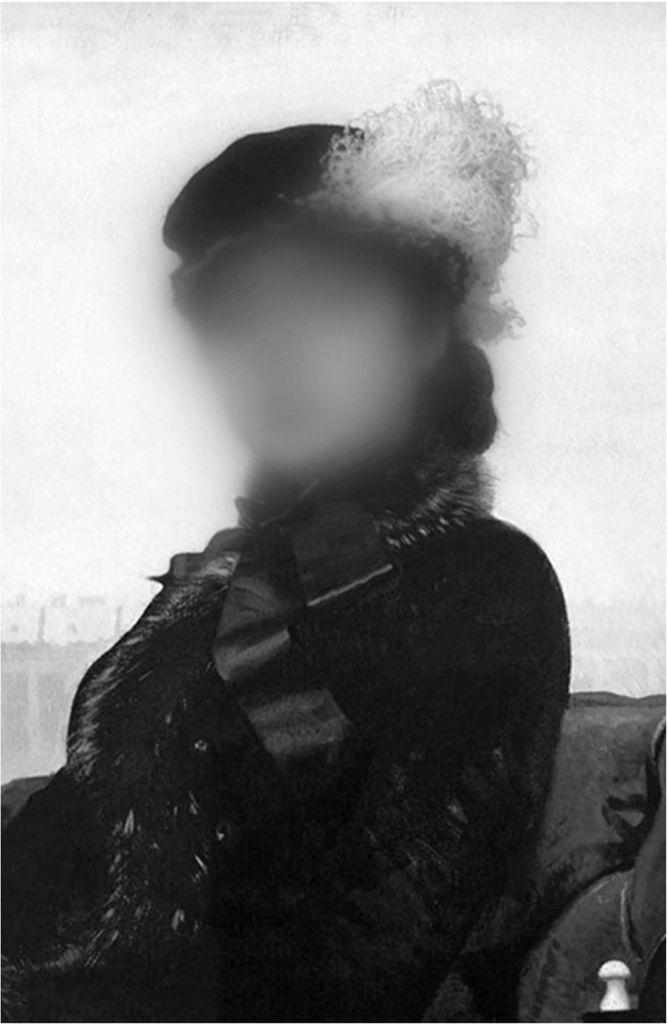As associate art director of Alfred A. Knopf Books, Peter Mendelsund has designed hundreds of book jackets over the past decade, including his acclaimed cover for The Girl With the Dragon Tattoo and jackets for the works of classic authors such as James Joyce, Franz Kafka, and Simone de Beauvoir. This week he published What We See When We Read, about the phenomenology of reading, and Cover, a monograph that we featured here last week. Here at the Eye, Mendelsund shares an adapted excerpt from What We See When We Read that examines how we picture literary characters in our heads.
When we remember the experience of reading a book—like Leo Tolstoy’s Anna Karenina—we imagine a continuous unfolding of images.
If I said to you, “Describe Anna Karenina,” perhaps you’d mention her beauty. If you were reading closely, you’d mention her “thick lashes,” her weight, or maybe even her little downy mustache (yes—it’s there).
But what does Anna Karenina look like? You may feel intimately acquainted with a character, but this doesn’t mean you are actually picturing a person. Nothing so fixed—nothing so choate.
Most authors wittingly or unwittingly provide their fictional characters with more behavior than physical description. Even if an author excels at physical description, we are left with shambling concoctions of stray body parts and random detail. We fill in gaps. We shade them in. We gloss over them. We elide. Our mental sketches of characters are worse than police composites.
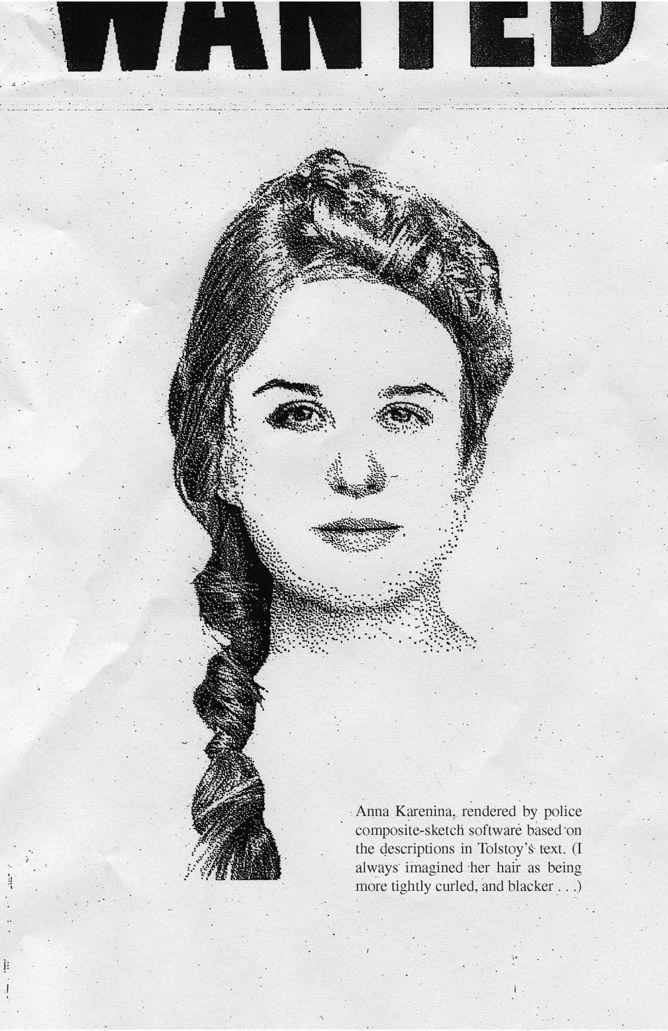
Courtesy of Vintage Books, a division of Penguin Random House
When I ask readers if they can clearly imagine their favorite characters, they contend that the success of a work of fiction hinges on the putative authenticity of the characters. Some readers even suggest that the only way they can enjoy a novel is if the main characters are easily visible.
So can you picture what Anna Karenina actually looks like?
“Yes,” they say, “as if she were standing here in front of me.”
What does her nose look like?
“I hadn’t thought it out; but now that I think of it, she would be the kind of person who would have a nose like … ”
But wait—how did you picture her before I asked? Noseless?

Courtesy of Vintage Books, a division of Penguin Random House
Some readers swear they can picture characters perfectly, but only while they are reading. I wonder now if our images of characters are vague because our visual memories are vague in general.

Courtesy of Vintage Books, a division of Penguin Random House
Literary characters are physically vague—they have only a few features, and these features hardly seem to matter—or, rather, these features matter only in that they help to refine a character’s meaning.
It is precisely what the text does not elucidate that becomes an invitation to our imaginations.
I can force an image to appear to you as Tolstoy does with Anna and her “masses of hair” if I say the word seahorse.
Did you see it, even for a moment?
Every imagined seahorse will be different, but each will share overlapping series of characteristics. This is likely true of all our imagined Anna Kareninas. They are not the same, but they are related. If we averaged all our Annas, would we at last see Tolstoy’s Anna?
I suspect not.
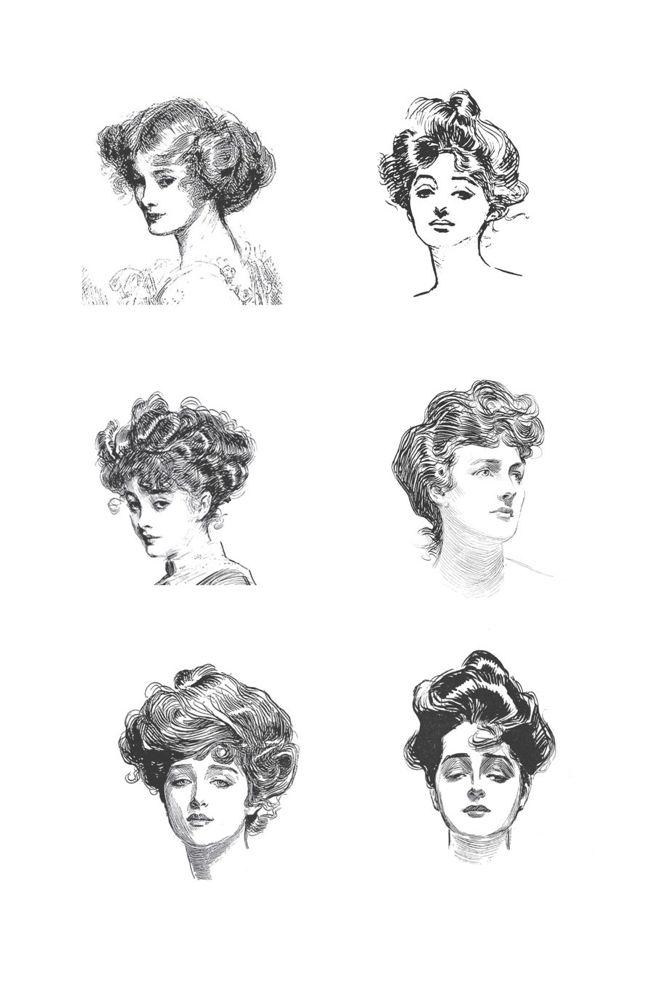
Courtesy of Vintage Books, a division of Penguin Random House
Incidentally, one should watch a film adaptation of a favorite book only after considering, very carefully, the fact that the casting of the film may very well become the permanent casting of the book in one’s mind. This is a very real hazard.
Good books incite us to imagine—to fill in an author’s suggestions. Without this personalized, co-creative act, you are simply told: This is your Anna.
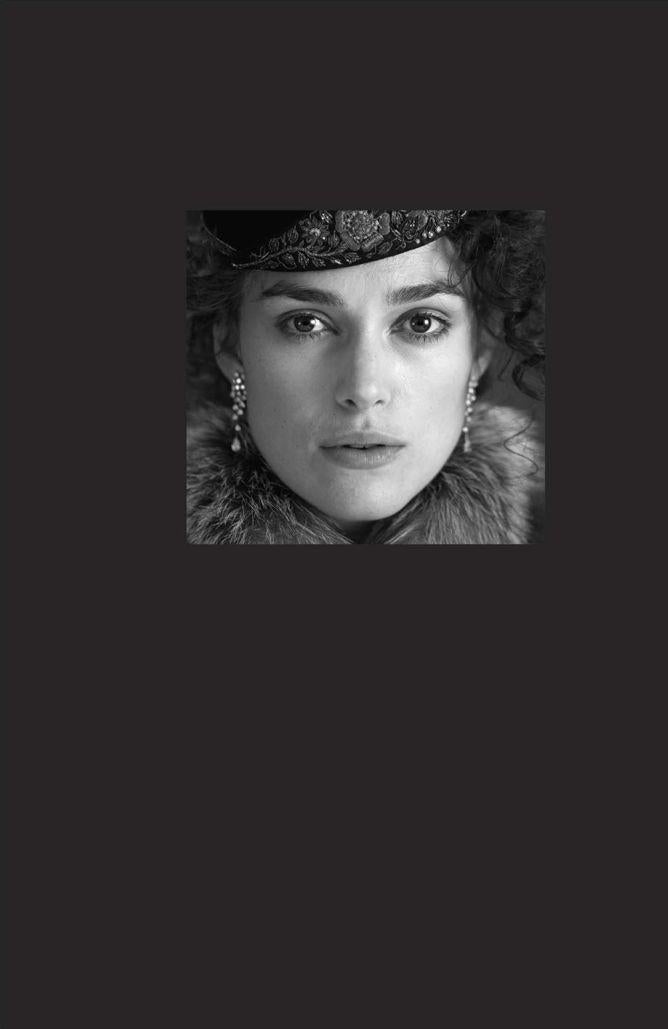
Courtesy of Vintage Books, a division of Penguin Random House
This is a form of robbery.
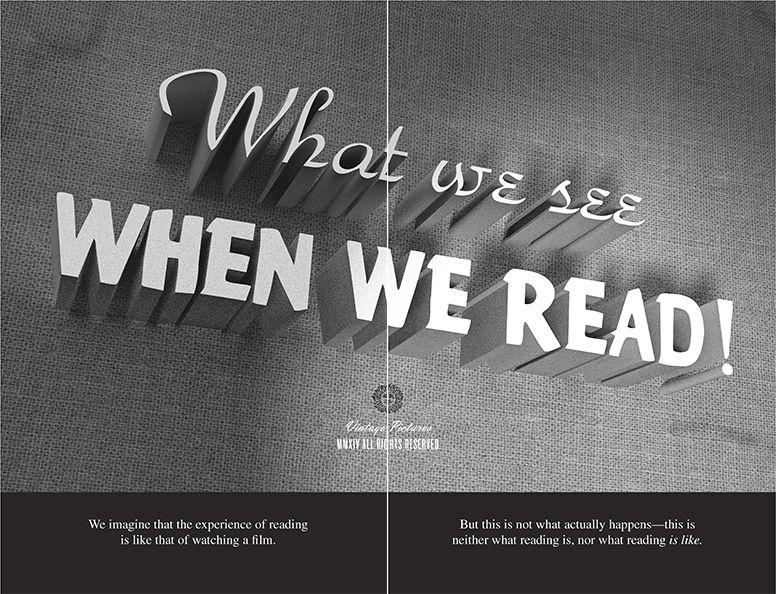
Courtesy of Vintage Books, a division of Penguin Random House
Excerpted from What We See When We Read by Peter Mendelsund. Copyright © 2014 by Peter Mendelsund. Excerpted by permission of Vintage, a division of Random House LLC. All rights reserved. No part of this excerpt may be reproduced or reprinted without permission in writing from the publisher.
